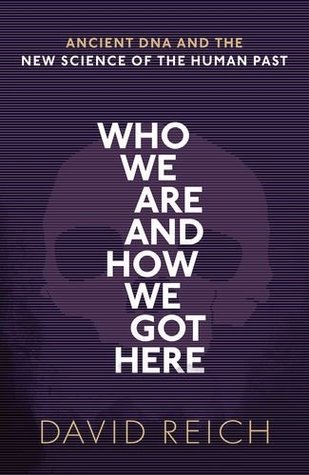More on this book
Community
Kindle Notes & Highlights
by
David Reich
Read between
July 31 - September 5, 2018
The frequencies of mutations that are variable in a population are in fact expected to follow an inverse law, with twice as many mutations that occur at 10 percent frequency as those that occur at 20 percent frequency, and twice as many of these in turn as those that occur at 40 percent frequency.
The descendants of the Yamnaya or their close relatives spread their Y chromosomes into Europe and India, and the demographic impact of this expansion was profound, as the Y-chromosome types they carried were absent in Europe and India before the Bronze Age but are predominant in both places today.
This process caused the Y chromosomes these males carried to increase in frequency generation after generation, leaving a genetic scar that speaks volumes about past societies.
Seen by a left wing leaning scientist as a bad thing, as in inequality, but why should everyone be equally mediocre? Surely it shows success has its rewards, the basis of all succesful societies, i.e. Capitalism
Potentially, populations could mix as equals—for example through the overlapping of two equally resourced populations moving peaceably into the same area.
This never happened. The weaker population always got subsumedby the stronger, but this could vary between the two populations at different levels in society
Razib Khan17 and Dienekes Pontikos18 post on findings of average dif ferences across populations in traits including physical appearance and athletic ability. The Eurogenes blog spills over with sometimes as many as one thousand comments in response to postings on the charged topic of which ancient peoples spread Indo-European languages,
The death of the expert, no formal qualifications needed, just an ability to read, and a good IQ. A breath of fresh air.
is derived from multiple waves of mass migration from Iran and the Eurasian steppe within the last five thousand years.
This approach proved that the bacterium Yersinia pestis was the cause of the fourteenth-to-seventeenth-century CE Black Death,14 the sixth-to-eighth-century CE Justinianic plague of the Roman Empire,15 and an endemic plague that was responsible for at least about 7 percent of deaths in skeletons from burials across the Eurasian steppe after around five thousand years ago.16


